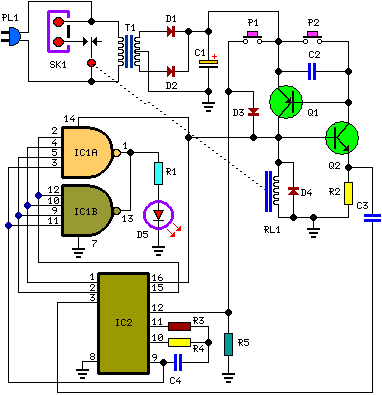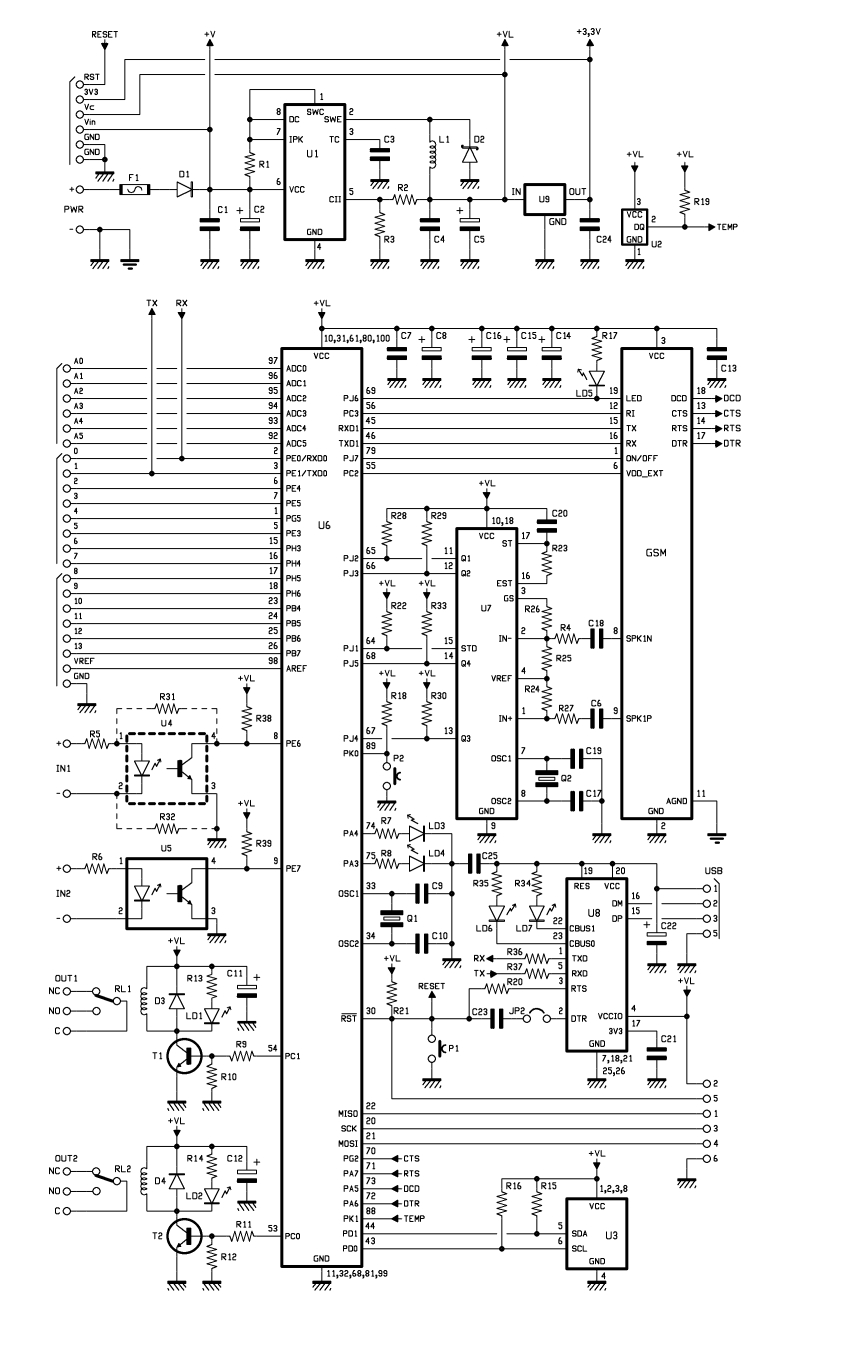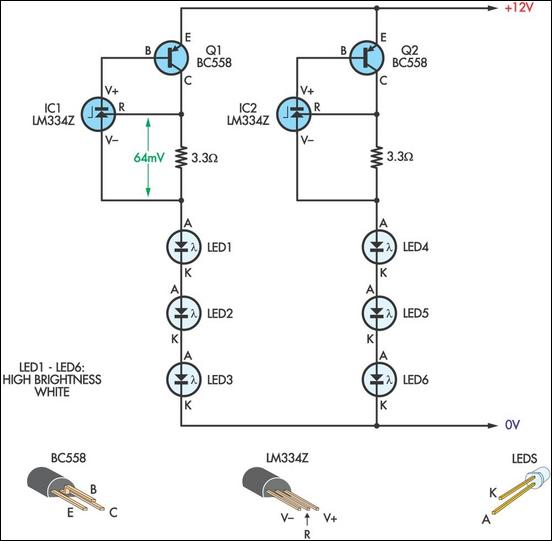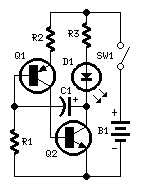
Bedside Lamp TimerCircuit Based On The CD4060 IC

The following circuit illustrates a Bedside Lamp Timer Circuit Diagram. This circuit is based on the CD4060 integrated circuit. Features: An LED illuminates for approximately 25 seconds.
The Bedside Lamp Timer Circuit utilizes the CD4060 IC, which is a versatile component capable of generating a range of timing intervals. The circuit is designed to control the illumination of an LED, which serves as an indicator or as part of a bedside lamp setup. When activated, the circuit allows the LED to remain lit for about 25 seconds before automatically turning off, providing a convenient way to light a room without the need for manual operation.
The CD4060 is a 14-pin IC that includes an oscillator and a binary counter. In this application, the oscillator generates a clock signal, which is fed into the binary counter. The counter is configured to count a specific number of cycles before triggering the output to turn off the LED. External components such as resistors and capacitors are connected to the CD4060 to set the timing interval. The values of these components can be adjusted to modify the duration for which the LED remains illuminated.
For practical implementation, the circuit may include a switch to activate the timer and a power source, typically a low-voltage DC supply. The LED is connected to the output pin of the CD4060, ensuring that it receives the necessary current to illuminate. The circuit can be housed in a suitable enclosure, making it a practical addition to bedside lighting solutions.
This timer circuit not only enhances convenience but also contributes to energy savings by ensuring that the lamp is not left on indefinitely. Overall, the Bedside Lamp Timer Circuit based on the CD4060 IC is a practical and efficient solution for automated lighting control.The following circuit shows about Bedside Lamp Timer Circuit Diagram. This circuit based on the CD4060 IC. Features: LED illuminates for around 25 .. 🔗 External reference
The Bedside Lamp Timer Circuit utilizes the CD4060 IC, which is a versatile component capable of generating a range of timing intervals. The circuit is designed to control the illumination of an LED, which serves as an indicator or as part of a bedside lamp setup. When activated, the circuit allows the LED to remain lit for about 25 seconds before automatically turning off, providing a convenient way to light a room without the need for manual operation.
The CD4060 is a 14-pin IC that includes an oscillator and a binary counter. In this application, the oscillator generates a clock signal, which is fed into the binary counter. The counter is configured to count a specific number of cycles before triggering the output to turn off the LED. External components such as resistors and capacitors are connected to the CD4060 to set the timing interval. The values of these components can be adjusted to modify the duration for which the LED remains illuminated.
For practical implementation, the circuit may include a switch to activate the timer and a power source, typically a low-voltage DC supply. The LED is connected to the output pin of the CD4060, ensuring that it receives the necessary current to illuminate. The circuit can be housed in a suitable enclosure, making it a practical addition to bedside lighting solutions.
This timer circuit not only enhances convenience but also contributes to energy savings by ensuring that the lamp is not left on indefinitely. Overall, the Bedside Lamp Timer Circuit based on the CD4060 IC is a practical and efficient solution for automated lighting control.The following circuit shows about Bedside Lamp Timer Circuit Diagram. This circuit based on the CD4060 IC. Features: LED illuminates for around 25 .. 🔗 External reference





